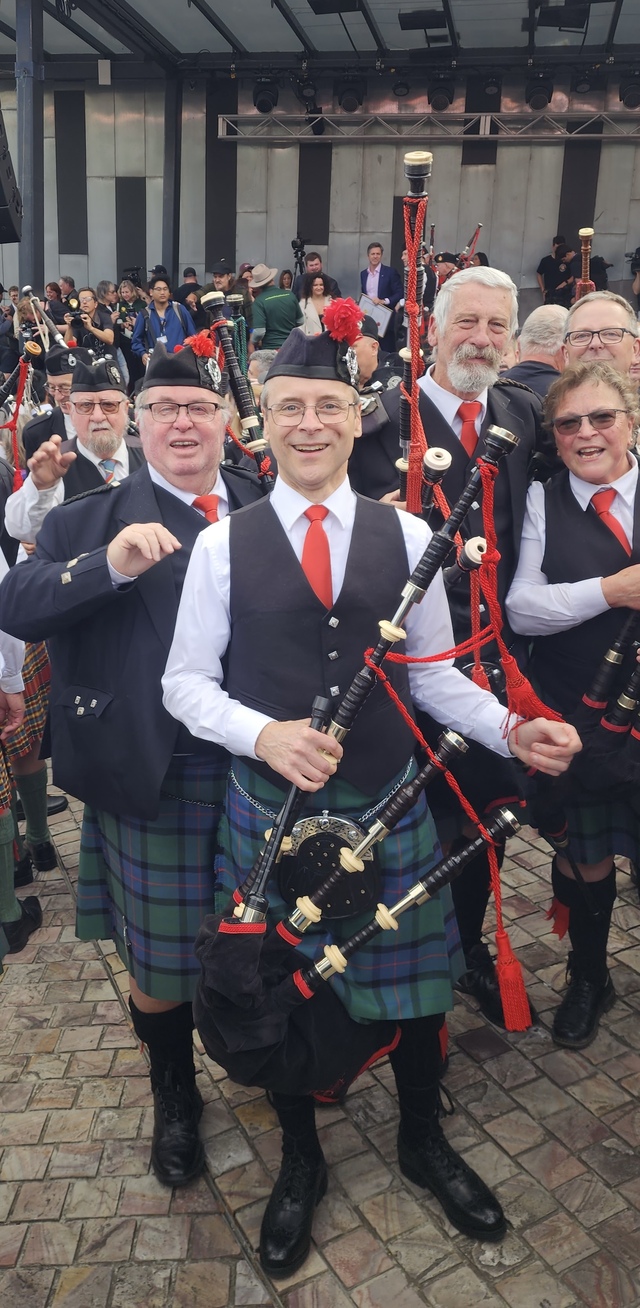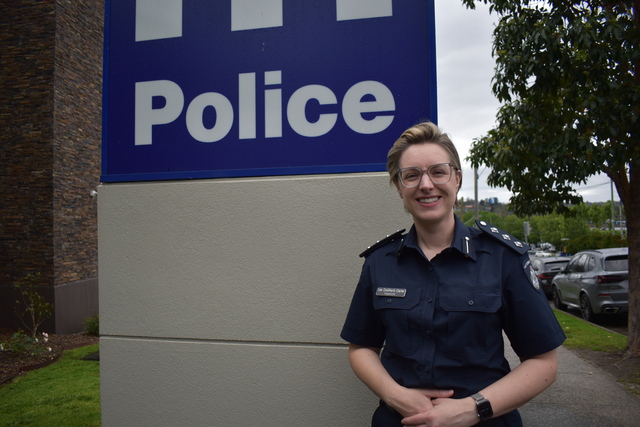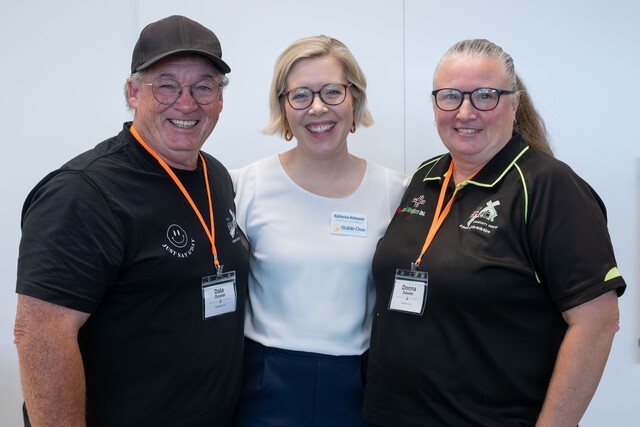By Mara Pattison-Sowden
TWO of the Yarra Valley’s most noted historians have published further glimpses of previous lives in their communities.
Historian Mick Woiwod uncovered the truth behind the ghost-like figure of David Christmas, the man who Christmas Hills is named after, while Yarra Junction historian Val Smith has edited a large collection of black and white photographs showing the township growing up.
After completing his first book on the Christmas Hills Story, Mr Woiwod went on to discover the story of David Christmas.
Mr Woiwod said a local squatter named Joseph Stevenson hired David Christmas as a shepherd in 1842.
“While making his way out of Melbourne to the station, David had become hopelessly lost and, days later, in a collapsed state, he heard what he believed to have been church bells,” he said.
“When he crawled towards them, they proved to be bells hanging around the squatter’s bullocks.”
Mr Woiwod said David’s rescue saw Mr Stevenson name his station Christmas Hills, after which the district has been known.
Mr Woiwod has written the sequel, a 270 page illustrated history called The Christmas Hills Story: Once Around the Sugarloaf II.
While writing the story, Mr Woiwod established that the almost mythical shepherd was an ex-convict from Wales transported to Tasmania, from where he escaped to Victoria.
Further research saw Mr Woiwod discover the exact location of David’s wayside grave, which has since been marked by a two-tonne rock memorial.
The children of Christmas Hills Primary School re-enacted the story of David Christmas at the memorial on One Tree Hill Road when the book was launched last year.
Meanwhile, Yarra Junction historian Val Smith has completed a pictorial history of Yarra Junction.
The photographs show life as it used to be for school students and sports teams, and photos of the bush hospital, churches and bridges.
An ambulance from 1958 is featured, along with volunteer ambulance drivers Max Harris, W. Hagg, Doris Hagg and Bill Shalders.
Yarra Junction Library manager Sandra Hamnett said it was not meant to be a full history of Yarra Junction, but a glimpse of people’s lives through photographs.
Some of the photographs also feature life in the 19th century, when gold was found in the Upper Yarra in 1858, the Home Hotel in 1863 and the 350 acres that would make up the future township of Yarra Junction.
Ghost of Christmas – Students from Christmas Hills Primary School re-enacted the story of David Christmas, who is portrayed in the background. 58791
Digital Editions
-

Study finds oversight, accountability and transparency lacking in global wildlife trade
A new study by researchers from universities and research institutions across Australia, the United States, Europe and South America has expressed concern about the lack…






